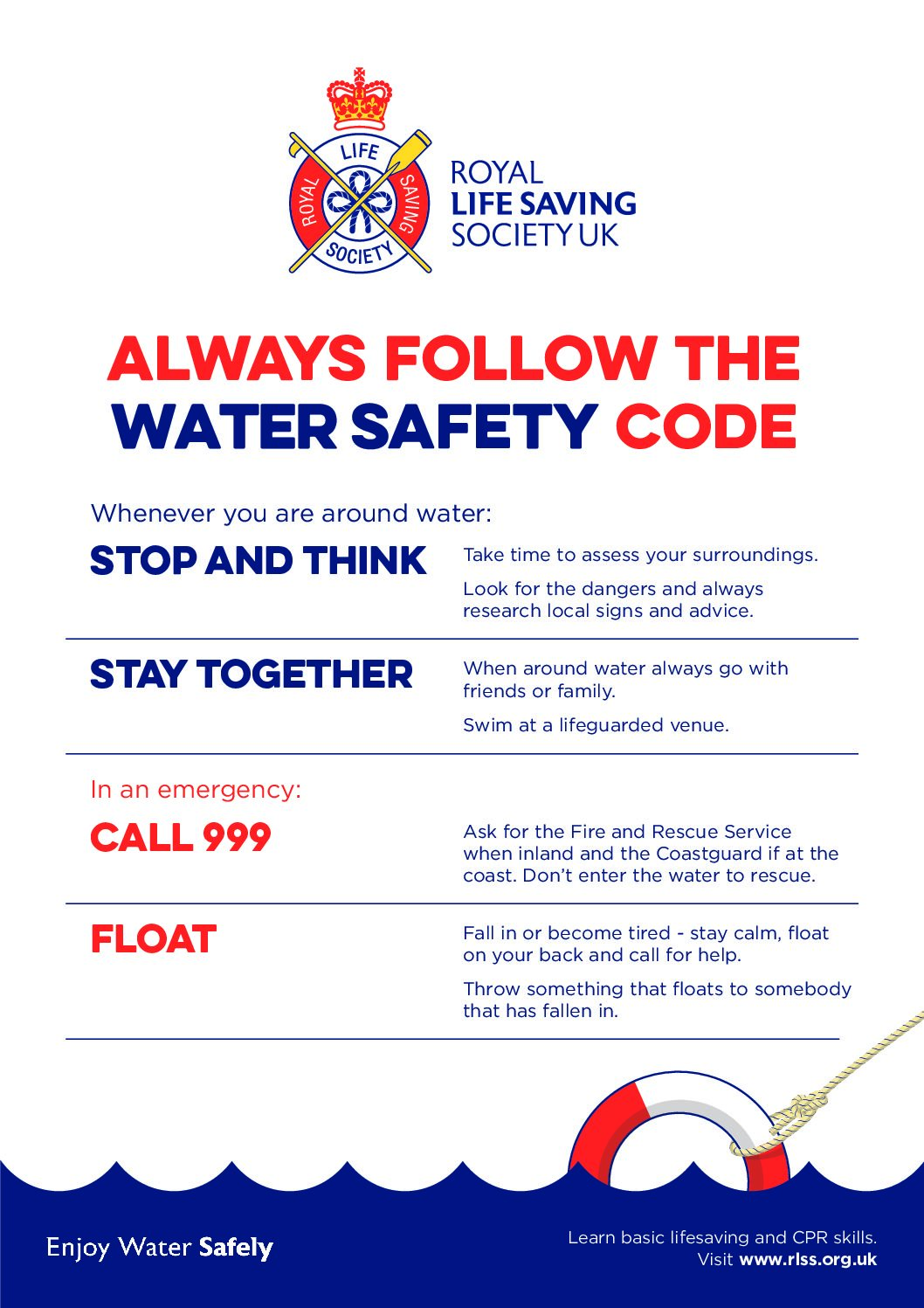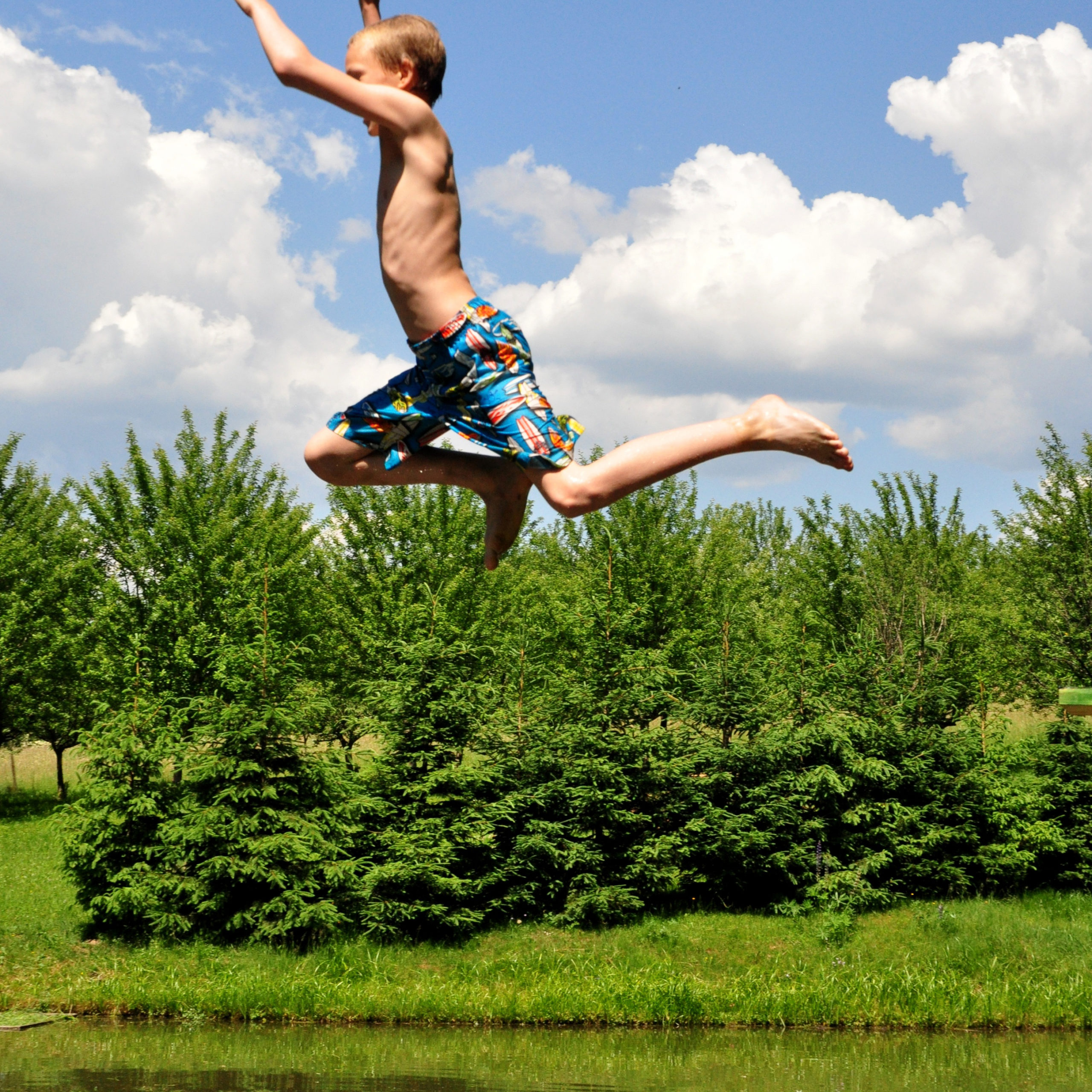The Royal Life Saving Society has invaluable advice to help you enjoy the water safely this summer
With temperatures set to soar again this week there’s always the temptation to jump in the water and cool down but make sure you do so safely, especially if you’re taking the plunge at an open water site.
Sadly, a very high proportion of accidental drownings take place at lakes, rivers, canals, reservoirs and quarries where the lure of cool water on a hot day can be too much to resist.
The Royal Life Saving Society say: “The benefits of swimming and dipping in open water are well documented. Not only does being in or on open water allow new adventure it also has documented benefits for both physical and mental wellbeing. All of these hazards can be controlled through proper organisation and planning.”
Risks to consider in open water include: the shock of cold water which can make swimming difficult and increase the difficulty of getting you if you should get into trouble; lack of safety equipment; the hight of the fall or jump; depth of the water – this can change and be unpredictable; underwater objects which may not be visible; obstacles or other people in the water; uneven beds or banks; strong currents that can sweep you away rapidly; water pollution.
Sadly, a very high proportion of accidental drownings take place at lakes, rivers, canals, reservoirs and quarries where the lure of cool water on a hot day can be too much to resist.
Drowning is preventable, yet over 400 lives are lost to drowning across the UK and Ireland, every year. If you see someone in trouble, the RLSS advises:
Step 1. Keep alert
Don’t expect a casualty to be shouting for help. They may be struggling to breathe, and drowning looks very different to how it is portrayed in the movies.
If you’re not sure, shout: ‘Do you need help?’ If they say yes or don’t answer at all, it’s time to act.
Step 2. Resist temptation
Don’t be tempted to go in. The water might be cold, which will limit your ability to swim. And whatever has caused the casualty to need help is likely to happen to you too. Stay well back from the edge.
Step 3. Call 999 or 112
Call the emergency services before you do anything else, so help will be on its way.
Or ask someone else to call while you try to help the casualty. If you’re alone without a phone, find someone who can call for help.
Step 4. Shout and signal
From the shore you have a better view of the area than the casualty. Shout and encourage them to reach a life ring in the water, a jetty, or a shallower area of water. Remind them to kick their legs.
5. Find a rescue aid
If there is a life ring, throw bag (filled with rope), or other public rescue aid equipment nearby, quickly read any instructions then throw it to the casualty.
If there is no public rescue aid equipment, throw anything that will float.
Step 6. Safe rescue
Before you pull the casualty in, get down on one knee or lie down so you don’t fall in.
Remember, even if your rescue attempts fail, emergency services are on their way. Keep sight of the casualty to help the emergency services locate them quicker.
Find out more
Visit the Royal Life Saving Society (rlss.org.uk) for more tips and invaluable advice.















